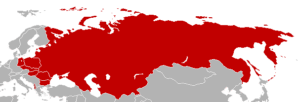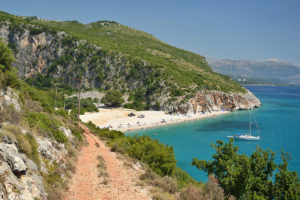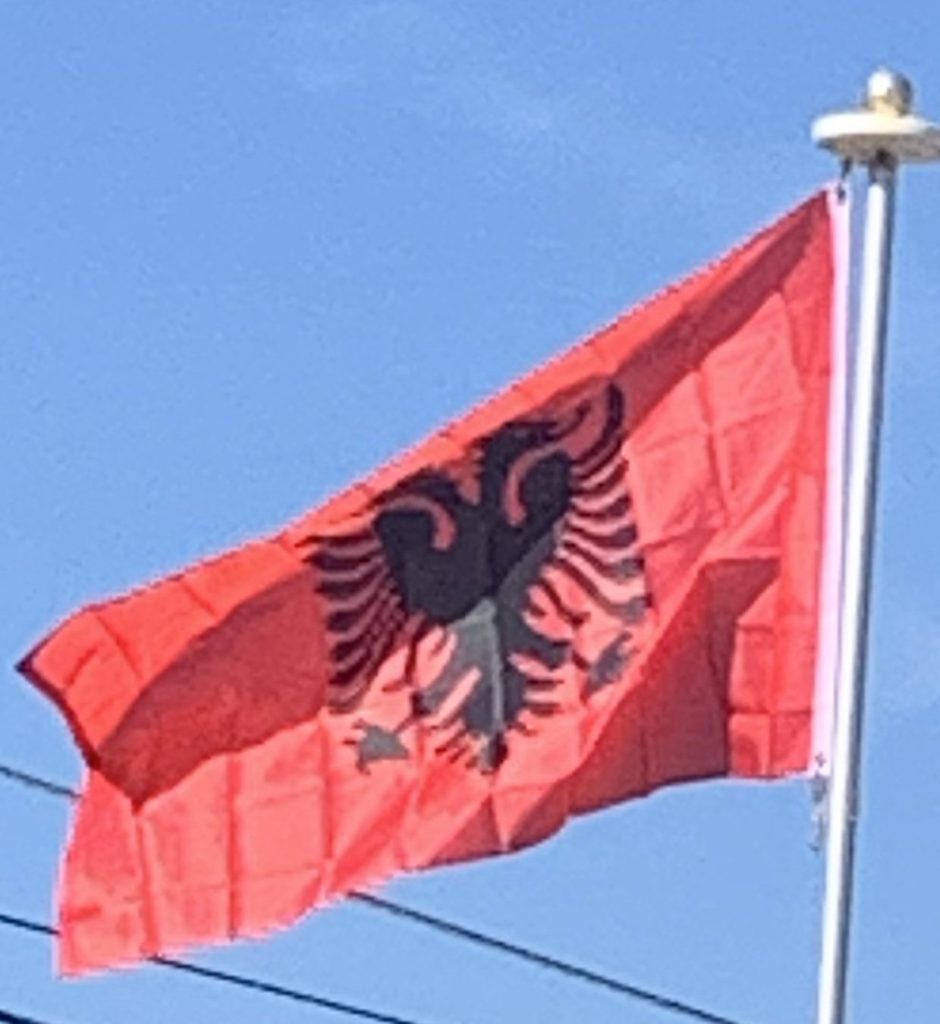Previously a member of the Warsaw Pact, the newly established democratic country broadly pursued an integrationist agenda in becoming a member of the NATO. The organisation invited Albania and Croatia to join the alliance at the 2008 Bucharest summit. In April 2014, it became a full member of the organisation and was among the first Southeast European countries to join the partnership for peace program.

Albania applied to join the European Union, becoming an official candidate for accession to the European Union in June 2014. Although Albania received candidate status for the European Union membership in 2014, the European Union has twice rejected full membership. The European Parliament warned the Government leaders in early 2017 that the 2017 parliamentary elections in June must be free and fair before negotiations could begin to admit the country into the union.
On 23 June 2013, the eighth parliamentary elections took place, won by Edi Rama of the Socialist Party. During his tenure as Prime Minister, Albania has implemented numerous reforms focused on the modernizing the economy and democratizing of state institutions inclusively the judiciary and law enforcement of the country. Unemployment has been steadily reduced ranking 4th in terms of lowest unemployment rate in the Balkans. Rama has placed gender equality at the center of its agenda, since 2017 almost 50% of the ministers are female, making it the largest number of women serving in the country’s history.
Geography:
Albania is defined in an area of 11,100 square miles and located on the Balkan Peninsula in South and Southeast Europe. Its coastline faces the Adriatic Sea to the northwest and the Ionian Sea to the southwest within the Mediterranean Sea.

For a small country, much of Albania rises into mountains and hills that run in different directions across the length and breadth of the country. The most extensive mountain ranges are the Albanian Alps in the north, the Korab Mountains in the east, the Pindus Mountains in the southeast, the Ceraunian Mountains in the southwest and the Skanderbeg Mountains in the center.
One of the most remarkable features about the country is the presence of numerous important lakes. The Lake of Shkodër is the largest lake in Southern Europe and located in northwest. In the southeast rises the Lake of Ohrid that is one of the oldest continuously existing lakes in the world. Further south extend the Large and Small Lake of Prespa that are among the highest positioned lakes in the Balkans.
Rivers originate mostly in the east of Albania and discharge into the Adriatic Sea in the west. The longest river in the country, measured from its mouth to its source, is probably the Drin that starts at the confluence of its two headwaters, the Black and White Drin. Though of particular concern is the Vjosë that represents one of the last intact large river systems in Europe.
Economy:
The transition from a socialist planned economy to a capitalist mixed economy in Albania has been largely successful. The country has a developing mixed economy classified by the World Bank as an upper-middle income economy. In 2016, it had the 4th lowest unemployment rate in the Balkans with an estimated value of 14.7%. Its largest trading partners are Italy, Greece, China, Spain, Kosovo and the United States. The lek (ALL) is the country’s currency and is pegged at approximately 132.51 lek per euro.
